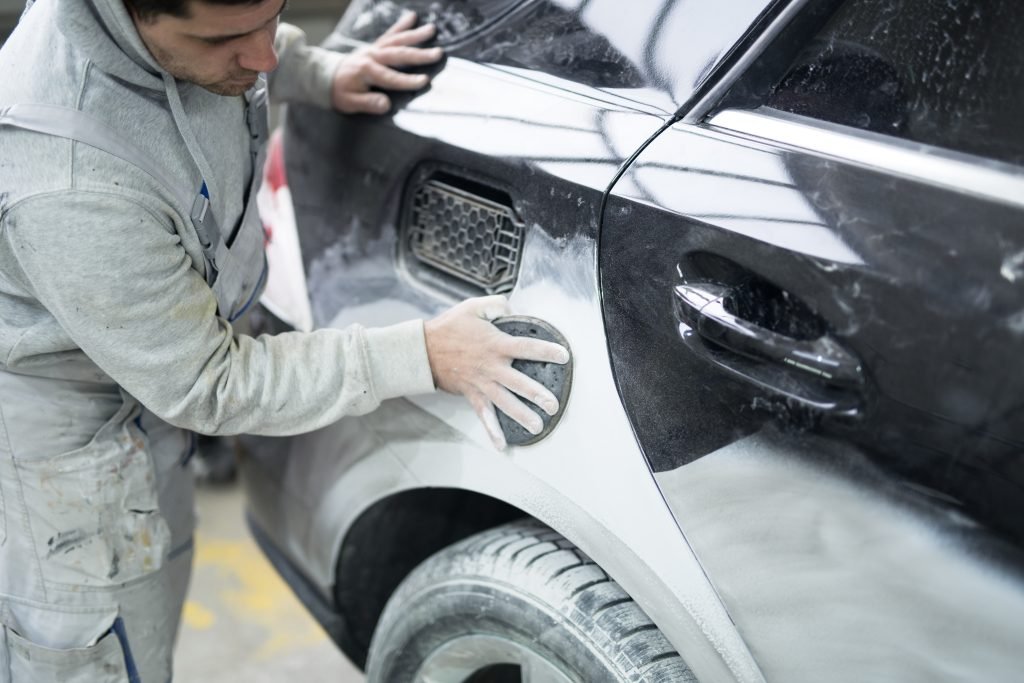Paint correction is a crucial aspect of car detailing that involves restoring the paint surface to its original condition by eliminating imperfections such as swirl marks, scratches, and oxidation. While it may seem like a simple process, there is a science behind paint correction that requires knowledge of different compounds, pads, and techniques to achieve flawless results.
The Importance of Paint Correction
Proper paint correction not only enhances the appearance of the vehicle but also protects the paint from further damage. Here are some key reasons why paint correction is essential:
- Restores Gloss: Removes imperfections to reveal a smooth and glossy finish.
- Enhances Protection: Eliminates surface defects that can worsen over time.
- Improves Resale Value: A well-maintained paint job can increase the resale value of the vehicle.
- Prevents Corrosion: Protects the underlying metal from rust and corrosion.
The Science Behind Paint Correction
Paint correction involves using abrasive compounds and polishing pads to level out imperfections on the paint surface. Understanding the science behind paint correction is crucial to achieving professional results. Here are the key elements involved:
- Abrasive Compounds: These compounds contain abrasives that help remove surface imperfections.
- Polishing Pads: Different pads have varying levels of aggression to achieve the desired finish.
- Techniques: Proper techniques such as speed, pressure, and movement play a significant role in paint correction.
- Paint Thickness: Knowing the thickness of the paint layer is essential to prevent removing too much material.
Choosing the Right Products for Paint Correction
When selecting products for paint correction, it’s essential to consider the condition of the paint and the desired outcome. Here are some factors to keep in mind:
- Compound Strength: Choose a compound with the appropriate level of abrasiveness based on the severity of imperfections.
- Pad Selection: Different pads cater to specific correction needs, such as cutting, polishing, and finishing.
- Polisher Type: Rotary and dual-action polishers offer different levels of control and results.
- Paint Type: Different types of paint require specific products to avoid damage or ineffective correction.
Conclusion
Paint correction is a blend of art and science that requires skill, knowledge, and the right tools to achieve impeccable results. Understanding the science behind paint correction is essential to mastering this craft and delivering exceptional outcomes. By following proper techniques, using the right products, and paying attention to detail, you can transform a dull and damaged paint surface into a flawless finish.

